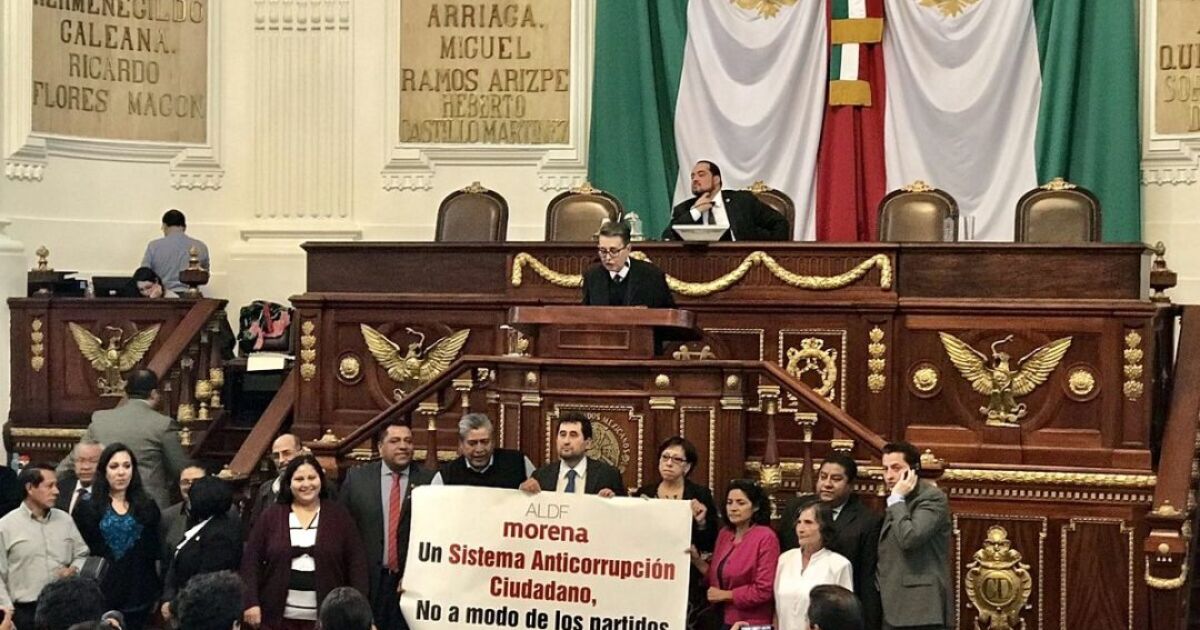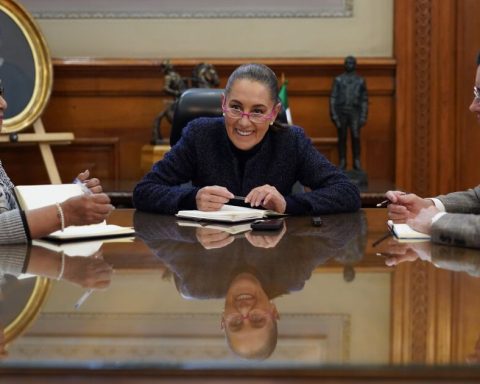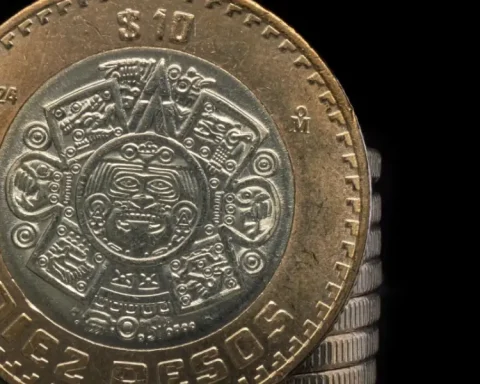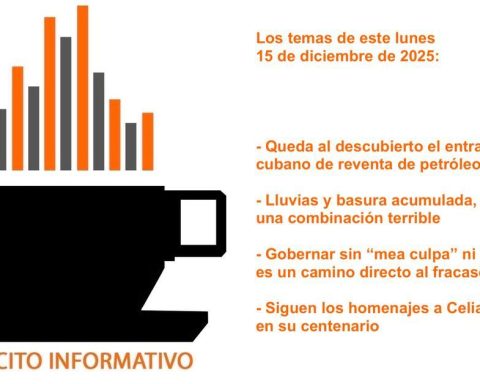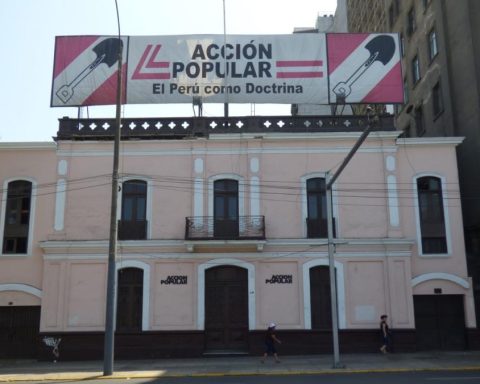The SLA CDMX represented the possibility of having an audit of the actions of public servants that is not influenced by party interests, considers the representative of Ruta Cívica.
“It would be very important that it not be used in a partisan way, what does that mean? We are now seeing if the opposition mayoralties are the most or the least corrupt, if it is the government or the other mayoralties and they put a few in jail and not others.
“It seems that not only does corruption continue to exist on a large scale, but also that the law and the fight against corruption have a political use,” says Tapia.
For her part, the person in charge of Anti-Corruption at IMCO warns that Mexico City has a serious lag in terms of its local system.
“Without a doubt, the case of Mexico City presents a significant lag because the Citizen Participation Committee disintegrates, with it the Coordinating Committee and the Executive Secretariat of the Local Anti-Corruption System because there is no more room for maneuver,” explains Avendaño. .
Corruption are those practices that ultimately affect the quality of life of citizens due to mismanagement, misuse of resources or functions.
Fernanda Avendaño, Anti-Corruption Coordinator at IMCO
The setbacks of the CDMX Anti-Corruption System
The SLA CDMX drags a path of stumbling blocks in the capital: the Law of the Anti-Corruption System of Mexico City had to be corrected and approved for the second time in February 2020, after the first was invalidated by the Supreme Court of Justice of the nation.
A first Citizen Participation Committee was appointed, but when the first law became invalid; then, the entire process had to be reset.
